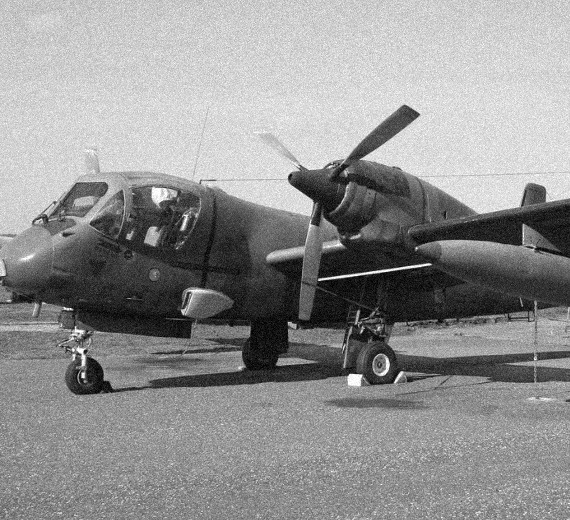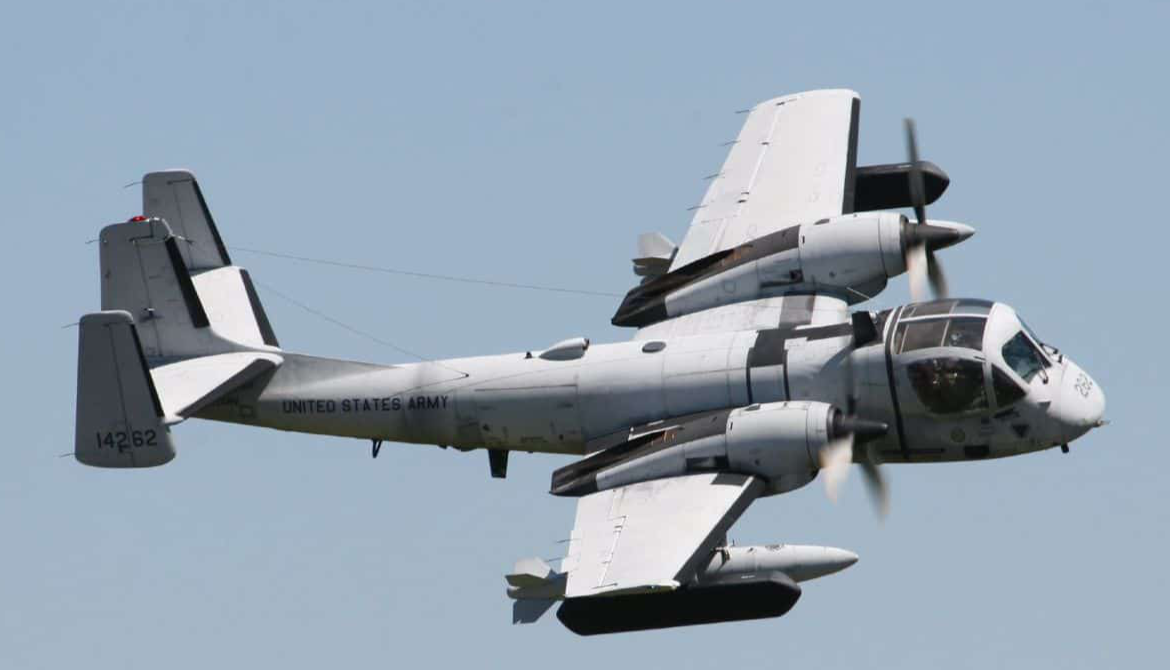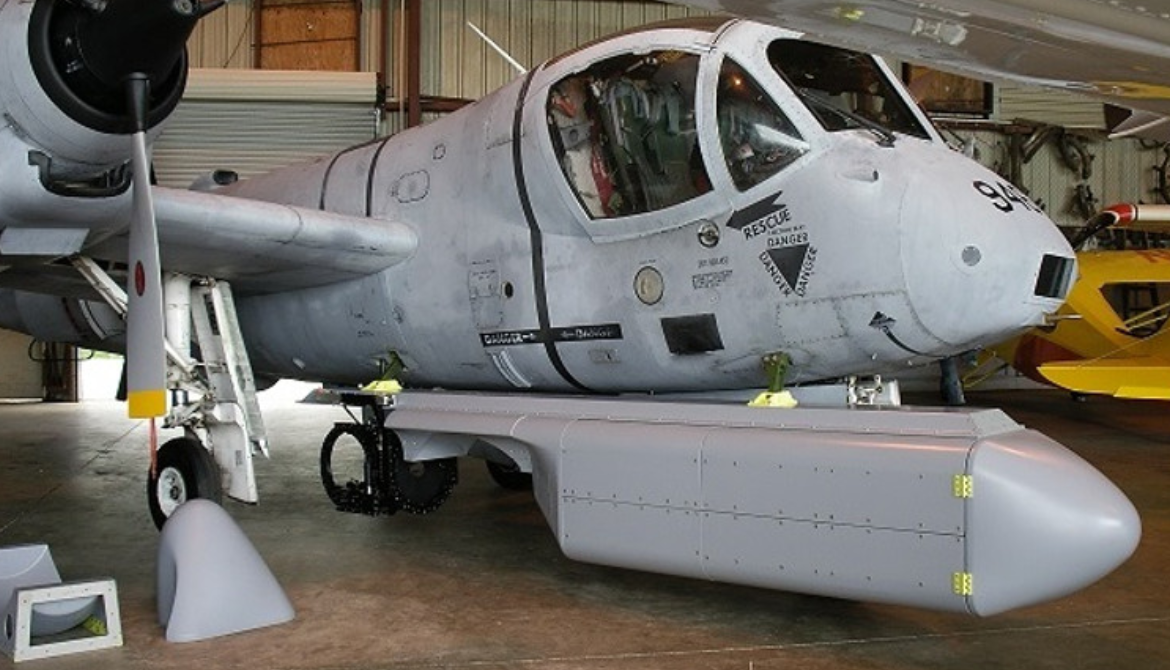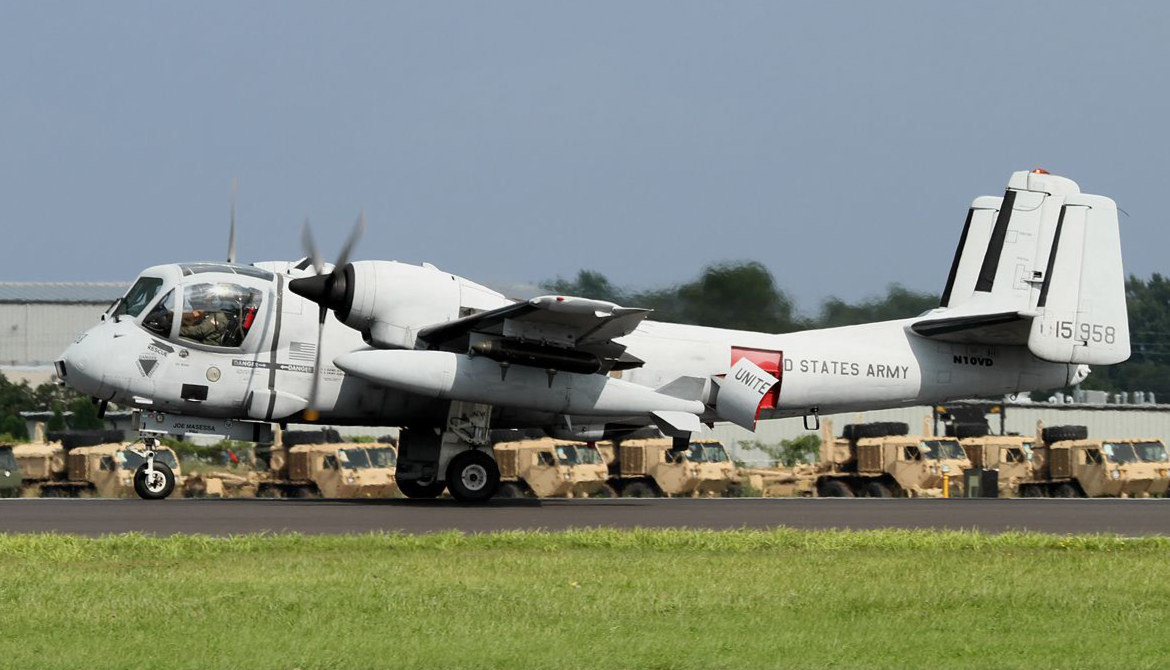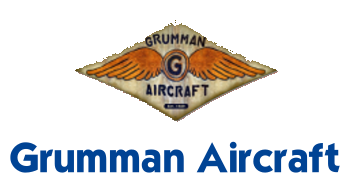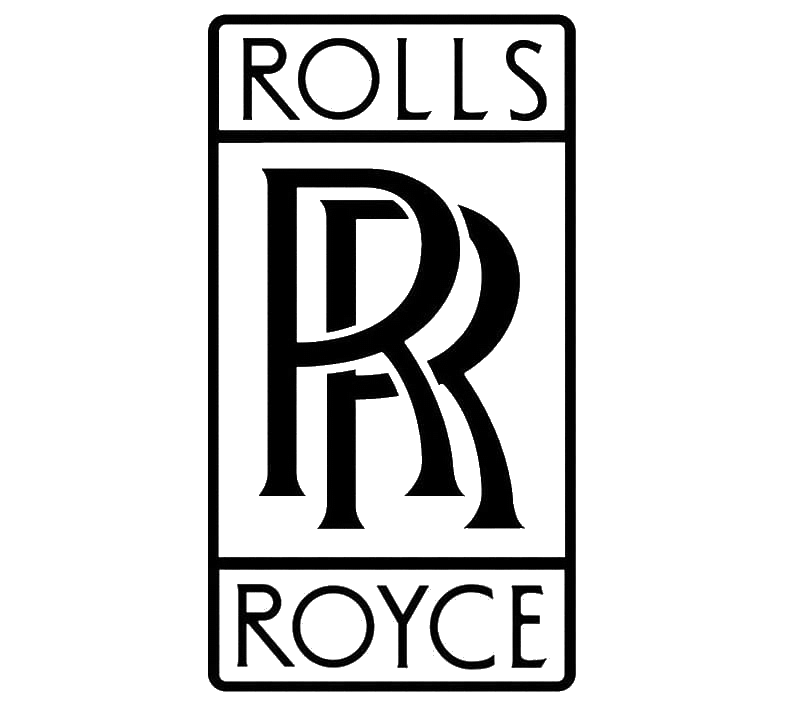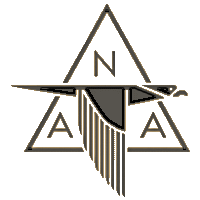Grumman Aerospace Grumman OV-1D Mohawk
Role Light attack and observation aircraft
National origin United States
Manufacturer Grumman
First flight 14 April 1959
Introduction October 1959
Retired September 1996 (USA), 2015 (Argentina)
Status Retired
Primary users United States Army
Argentine Army Aviation
Produced 1959–1970
Number built 380
.
History Grumm![]() an Aerospace
an Aerospace
Grumman OV-1D Mohawk
The Mohawk began as a joint Army-Marine program through the then-Navy Bureau of Aeronautics (BuAer), for an observation/attack plane that would outperform the Cessna L-19 Bird Dog. In June 1956, the Army issued Type Specification TS145, which called for the development and procurement of a two-seat, twin turboprop aircraft designed to operate from small, unimproved fields under all weather conditions. It would be faster, with greater firepower, and heavier armour than the Bird Dog, which had proved vulnerable during the Korean War
The Mohawk's mission would include observation, artillery spotting, air control, emergency resupply, naval target spotting, liaison, and radiological monitoring. The Navy specified that the aircraft must be capable of operating from small "jeep" escort class carriers (CVEs). The DoD selected Grumman Aircraft Corporation's G-134 design as the winner of the competition in 1957. Marine requirements contributed an unusual feature to the design. As originally proposed, the OF-1 could be fitted with water skis that would allow the aircraft to land at sea and taxi to island beaches at 20 knots (37 km/h). Since the Marines were authorized to operate fixed-wing aircraft in the close air support (CAS) role, the mockup also featured underwing pylons for rockets, bombs, and other stores.0
KmTake off Distance
0
KmRange
0
Km/HAircraft Speed
0
Max Crew
Photo Gallery
Grumman OV-1 Mohawk


Grumman Aerospace Corporation
Grumman OV-1 Mohawk
General characteristics
- Crew: 2
- Length: 41 ft 0 in (12.50 m)
- Wingspan: 48 ft 0 in (14.63 m)
- Height: 12 ft 8 in (3.86 m)
- Wing area: 360 sq ft (33 m2)
- Aspect ratio: 5.35:1
-
Powerplant
- Empty weight: 12,054 lb (5,468 kg)
- Gross weight: 15,544 lb (7,051 kg) (Normal take-off weight, IR mission)
- Max takeoff weight: 18,109 lb (8,214 kg) (SLAR mission)
- Fuel capacity: 276 US gal (230 imp gal; 1,040 L) internal fuel
- Powerplant: 2 × Lycoming T53-L-701 turboprops, 1,400 shp (1,000 kW) each
- Propellers: 3-bladed Hamilton Standard Type 53C51-27 constant-speed propellers, 10 ft 0 in (3.05 m) diameter
Specifications
- Maximum speed: 305 mph (491 km/h, 265 kn) (IR mission)
- Cruise speed: 207 mph (333 km/h, 180 kn) (econ. cruise)
- Stall speed: 84 mph (135 km/h,
- Never exceed speed: (720 km/h,
- Range: 944 mi (1,519 km, 820 nmi) with external tanks (SLAR mission)
- Endurance: 4.35 hr (SLAR mission)
- Service ceiling: 25,000 ft (7,600 m)
Links to Youtube & Others
In early 1968, while flying an OV-1 over South Vietnam, U.S. Army Captain Ken Lee shot down a MiG-17 “Fresco” fighter jet with his XM14 .50 in. (12.7 mm) caliber gun pods as well as two M159 unguided rocket pods, becoming the only Army Aviator to ever down a MiG
Grumman OV-1 Mohawk
The F-14 Tomcat was designed as both an air superiority fighter and a long-range naval interceptor.
Youtube Link
At the time of filming, the only recognizable star in the movie was Tom Cruise, who was known as a teen idol from 1983’s “Risky Business.”.

